Imagine being the only one left—no others to call, no others to find. That’s the heartbreaking reality for a few rare animals still clinging to life on the edge of extinction. They once had herds, flocks, or families. Now, they live in quiet isolation, the last of their species still alive. Some are being watched closely by scientists. Others live in the wild, unknown to most of the world. Each one is a living reminder of how fragile life can be—and how much we stand to lose.
Sunda Tiger
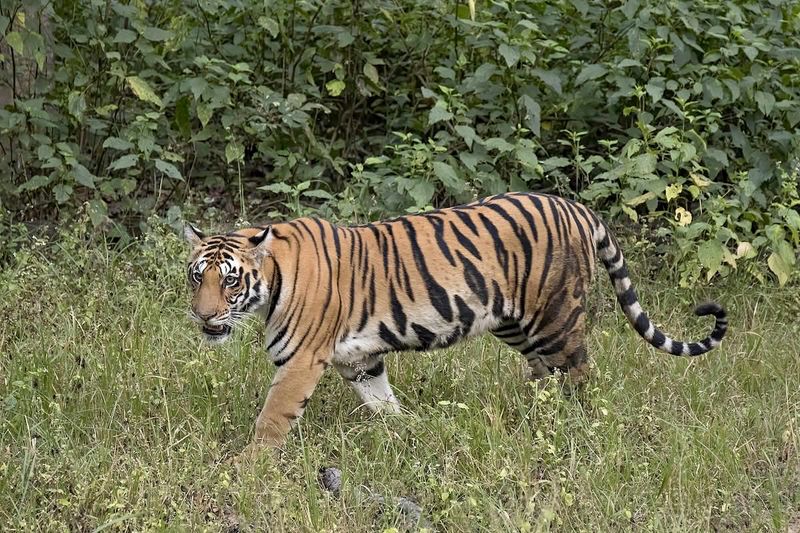
In the dense rainforests of Sumatra, the elusive Sunda Tiger prowls stealthily through the undergrowth. This magnificent creature, with its striking orange and black stripes, is one of the rarest tiger subspecies. Known for its reclusive nature, the Sunda Tiger faces immense threats from habitat loss and poaching.
Despite conservation efforts, their numbers have dwindled to alarming levels, leaving only a few hundred in the wild. The survival of this species hinges on protecting their forest home. Did you know? The Sunda Tiger is known for its smaller size compared to other tigers, an adaptation to its dense forest habitat.
Kakapo
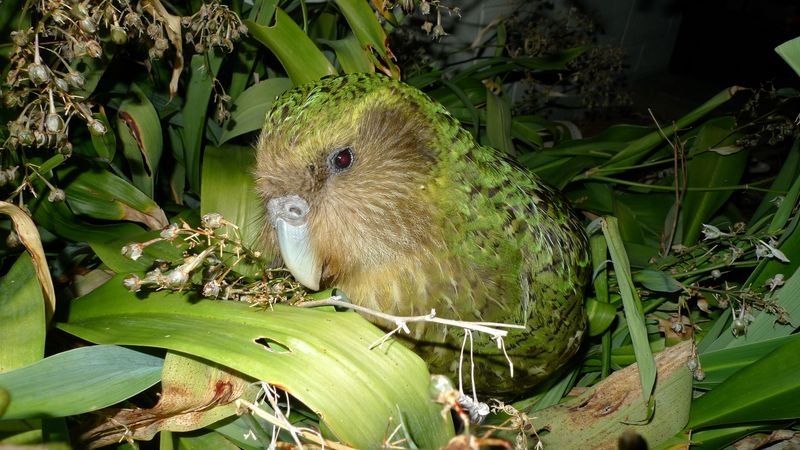
With its bright green plumage and distinctive owl-like face, the Kakapo is a truly unique parrot. Native to New Zealand, this critically endangered bird is nocturnal and flightless, spending its nights foraging on the forest floor.
Kakapos are incredibly rare, with fewer than 200 individuals left. Conservationists are working tirelessly to protect them from predators and disease. Fun fact: Kakapos have a unique courtship ritual involving an elaborate booming call that can be heard over long distances. These charismatic parrots are a testament to the unique biodiversity of New Zealand.
Saola
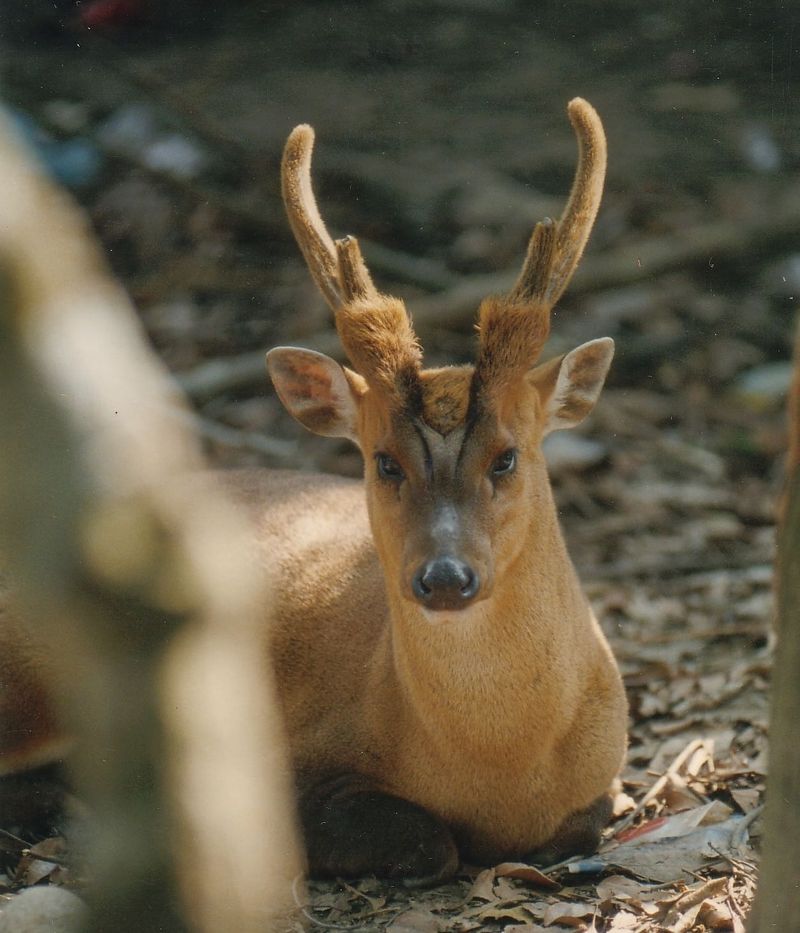
Dubbed the ‘Asian unicorn,’ the Saola is one of the world’s rarest large mammals. Its long, straight horns and white facial markings make it stand out in the dense forests of Vietnam and Laos. Discovered only in 1992, the Saola’s elusive behavior adds to its mystique.
However, this gentle creature is critically endangered due to habitat loss and hunting. Conservationists are striving to prevent its extinction through habitat protection and anti-poaching efforts. The Saola’s plight highlights the rich yet vulnerable biodiversity of Southeast Asia, making its survival all the more crucial.
Pygmy Three-Toed Sloth
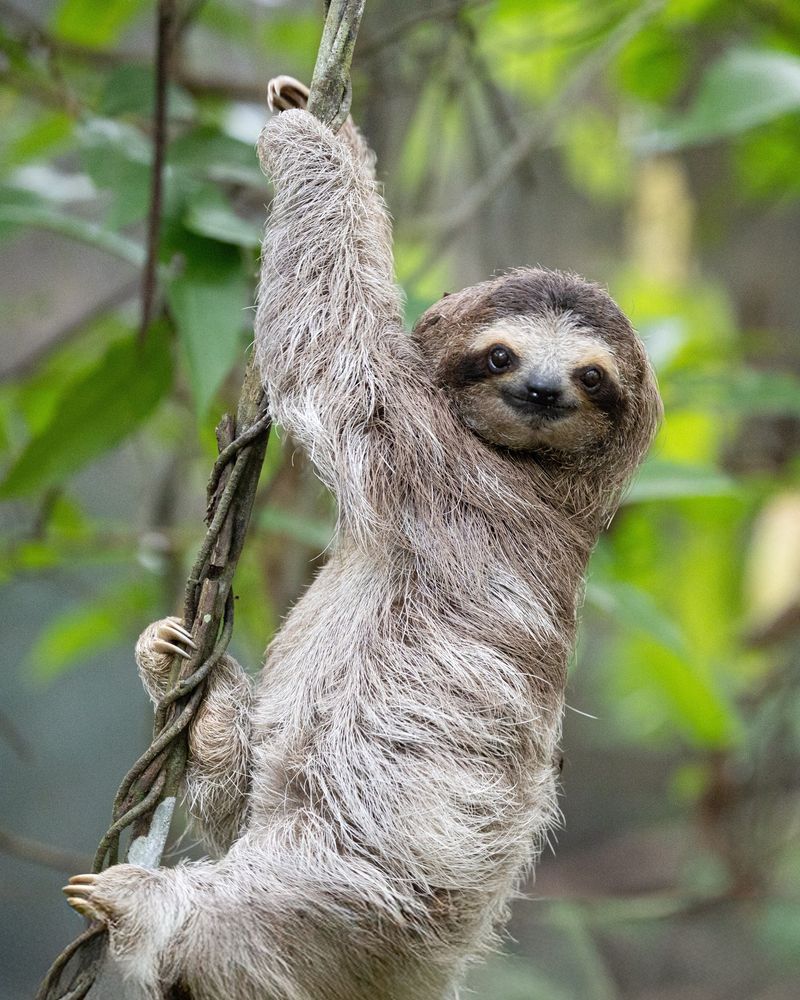
Living exclusively on the tiny island of Escudo de Veraguas in Panama, the Pygmy Three-Toed Sloth is a symbol of isolated evolution. This diminutive sloth, known for its leisurely pace, spends most of its life in mangrove trees, feeding on leaves.
Unfortunately, deforestation and habitat degradation threaten its existence. With fewer than 100 individuals remaining, every sloth counts. Interestingly, their slow movements are an energy-saving adaptation to their low-calorie diet. Protecting their unique habitat is vital to ensuring their continued presence in the world. The Pygmy Three-Toed Sloth’s story is a poignant reminder of nature’s fragility.
Vaquita
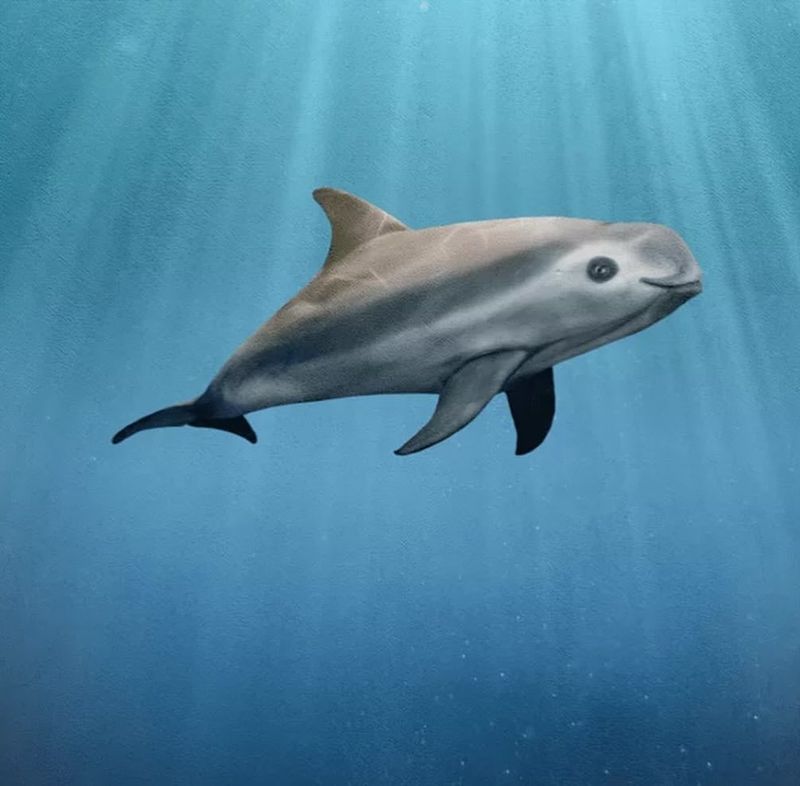
The vaquita is a small porpoise found only in the northern part of the Gulf of California. This tiny marine mammal is on the brink of extinction due to illegal fishing activities. The vaquita’s round face and large black eyes make it uniquely adorable.
Unregulated gillnet fishing for the totoaba fish has drastically reduced their population. Conservationists are making efforts to save the last remaining individuals through protected areas and fishing regulations.
Without immediate action, the vaquita faces imminent extinction, making it a symbol of the fight against illegal wildlife practices.
Yangtze Giant Softshell Turtle
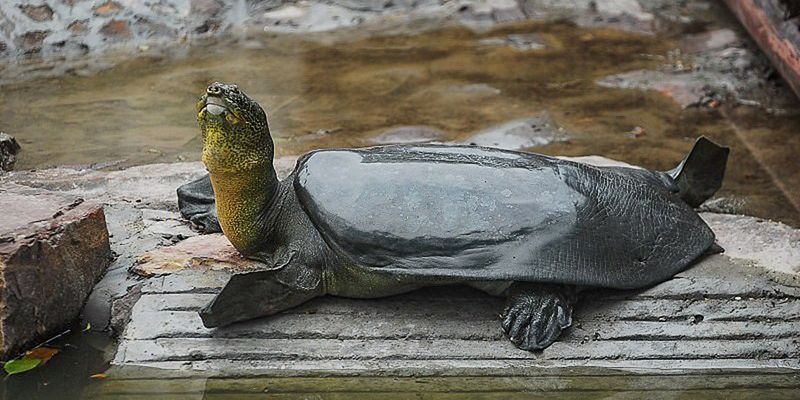
The Yangtze giant softshell turtle is one of the rarest turtles in the world, with only a few known individuals remaining. Found in China’s Yangtze River, this species has suffered from habitat destruction and pollution.
Efforts to breed them in captivity have been challenging, but conservationists are relentless. Their large, soft shell and prehistoric appearance make them fascinating creatures.
Saving these turtles is crucial for maintaining biodiversity in their native waters. Protecting their habitat and reducing pollution are vital steps in securing their future.
Northern White Rhinoceros
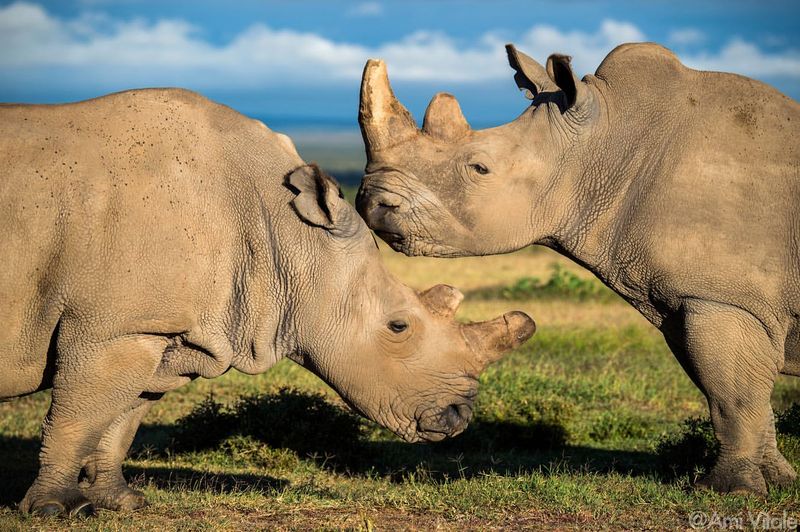
The northern white rhinoceros is now represented by just two females, making it functionally extinct. These majestic creatures once roamed the African savannahs but are now confined to a sanctuary in Kenya.
Poaching for their horns led to their rapid decline, leaving conservationists with a daunting task. Innovative measures like artificial reproduction are being explored to save them.
The plight of the northern white rhino is a powerful reminder of the devastating impact of poaching and the urgent need for wildlife protection.
Spix’s Macaw
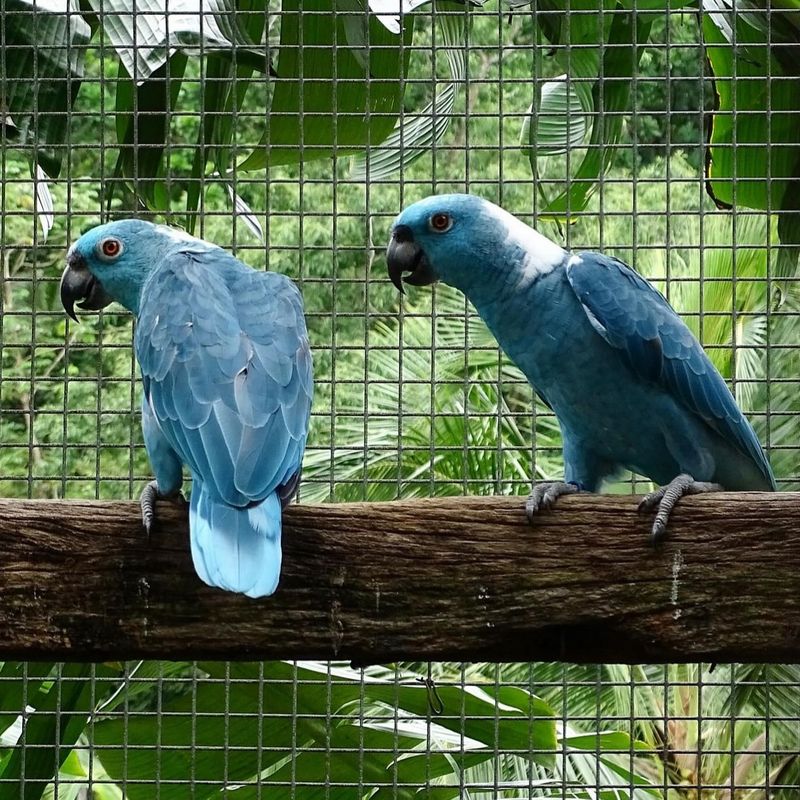
Spix’s macaw, made famous by the animated movie ‘Rio’, is now extinct in the wild. Native to Brazil, these striking blue parrots faced habitat loss and illegal trapping.
Breeding programs in captivity offer a glimmer of hope for their reintroduction into the wild. Their striking appearance and vibrant color make them a symbol of beauty and resilience.
Protecting their natural habitat and curbing illegal wildlife trade are crucial for ensuring their survival for future generations.
Javan Rhino
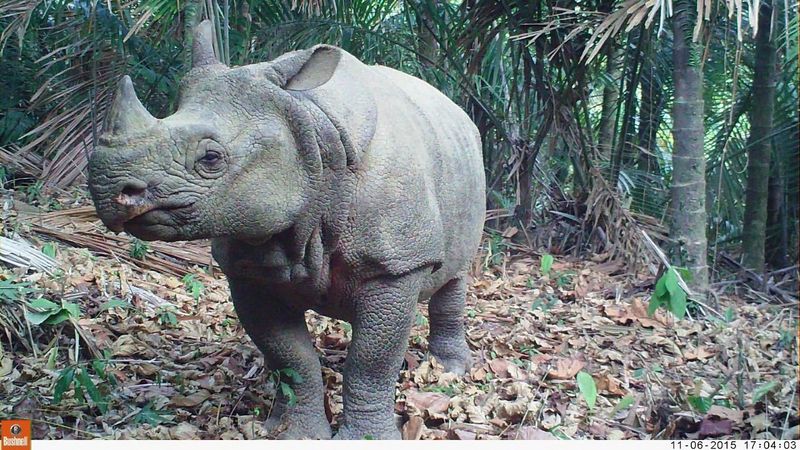
The Javan rhino is an elusive creature, found only in the Ujung Kulon National Park in Indonesia. With fewer than 80 individuals remaining, they are one of the rarest large mammals on Earth.
Habitat loss and natural disasters pose significant threats to their existence. Conservationists work tirelessly to monitor and protect these rhinos.
Their tough, armor-like skin and single horn make them a unique and fascinating species worth saving. The Javan rhino’s survival depends on continued conservation efforts and habitat preservation.

